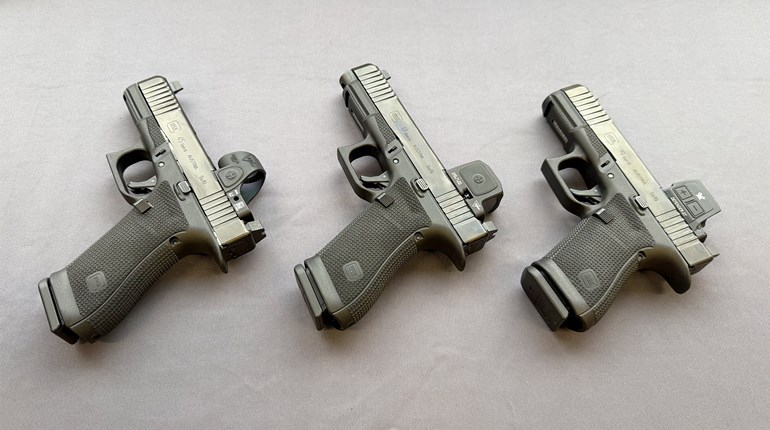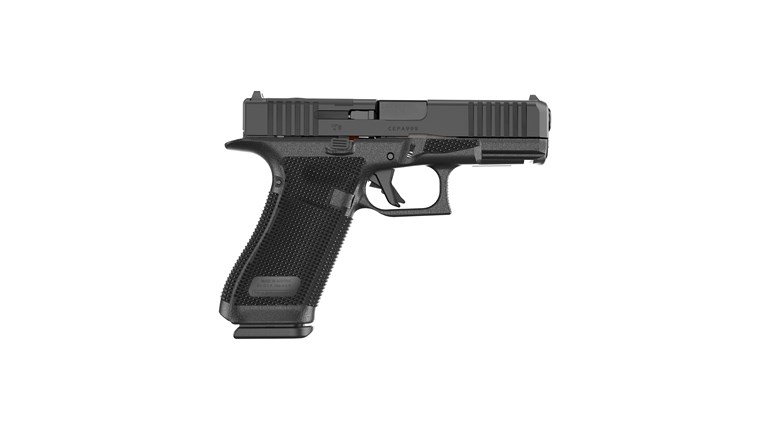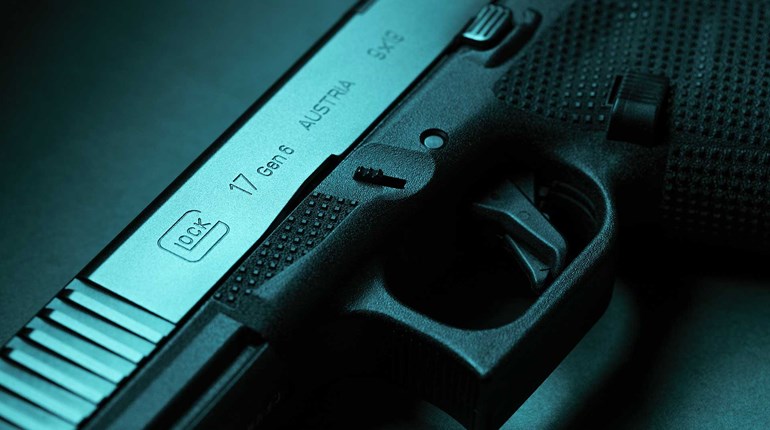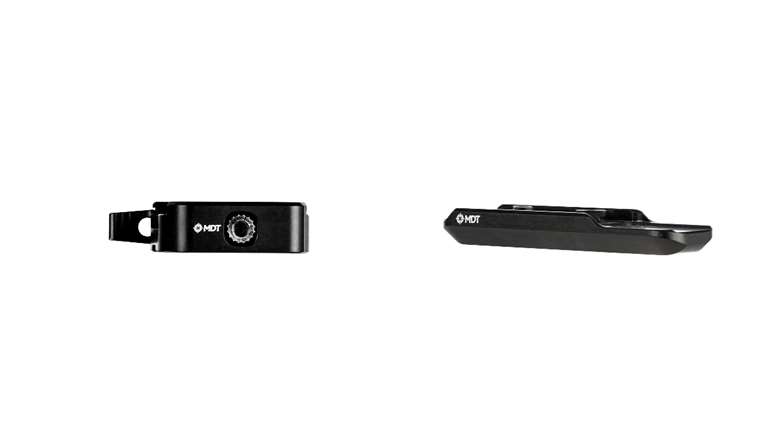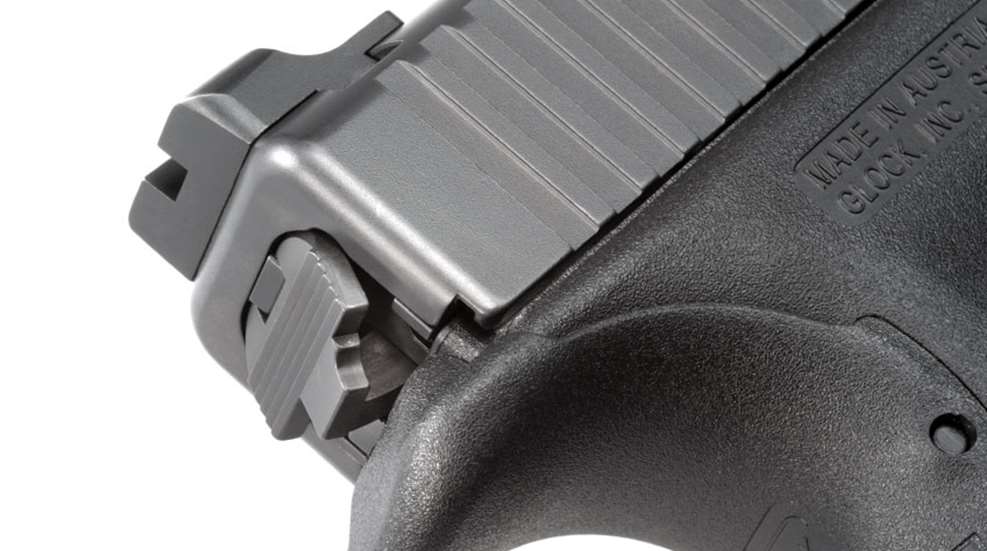
This article, "The Safety Dance" appeared originally as a Handguns column in the May 2017 issue of Shooting Illustrated. To subscribe to the magazine, visit the NRA membership page here and select Shooting Illustrated as your member magazine.
There is this thing in the shooting community where we tend to treat safety, not as a process, but rather as a binary condition. “Julie is safe,” or “That guy at the range was unsafe,” are uttered as though they describe conditions and not actions, states of being instead of ongoing processes.
Witness the firestorm that erupts whenever someone mentions that the disassembly procedure on the Glock isn’t all it could be in the safety department. Oh, my sweet baby Odin, you’d think someone kicked puppies while throwing apple pie on the floor and calling mom names. Comments like “It’s a training issue!” or “Just follow the instructions!” fly fast and furious. Why? Because we’re ingrained to think of safe/unsafe as binary states and not ongoing processes. If you remark the takedown process isn’t as safe as it could be, then to some people this is the same as saying it’s unsafe.
And if you’re calling their gun unsafe, why, then you must be calling them unsafe, too.
Which, you know, is ridiculous when you think about it. The takedown procedure on a Glock presents exactly the same risks as dry-fire practice, and people do the latter all the time, it’s just that with dry-fire practice you’re a whole lot more apt to get people telling you about the very serious safety precautions they make: No ammo in the room, verbalizing “this gun is clear” before beginning, etc. Meanwhile, for too many folks, taking a Glock apart is just taking a Glock apart. Uh huh. Keep telling yourself that and one day you’ll wish you were wearing hearing protection when you did.
This whole “safety is a process and a mindset and not a binary condition” informs a whole host of things in the CCW-handgun world. For instance, carrying with a round in the chamber is, let’s not kid ourselves, more conducive to screw-ups than not doing so. However, not having a round in the chamber could reduce our handgun to a handsgun right when we need it the most, which is why pretty much every law enforcement officer and clued-in firearms trainer carries with one in the pipe; on balance, the payoffs are worth the risks.
Lately, my social media feeds have been clogged with people having a defensive safety freakout over a particular accessory: “The Gadget” Striker Control Device for the Glock from Tau Development Group. (Full disclosure: I know both of the creators and was one of the “test pilots” for a pre-production Gadget.)
First, understand that when holstering a firearm, I put my thumb against the hammer or the back of the slide. On double-action revolvers and traditional double-action semi-automatic pistols, this allows me to control the hammer and provides feedback in case the trigger somehow gets fouled on something I didn’t see when I’m holstering. On guns with a grip safety, like the XD or the 1911, it forces my hand to break contact with the backstrap and activates the grip safety. Finally, on striker-fired guns like the Glock or M&P, it at least keeps the slide from being pushed out of battery as the gun is holstered.
I can’t remember where I picked up this habit, maybe a Massad Ayoob article back in the ‘90s, but I’ve been doing it for a long time.
The Gadget makes this habit work on Glocks the same way it works on double-action, hammer-fired guns by replacing the one-piece, slide-cover plate on the back of the slide with a two-piece unit. Since the striker on the Glock moves some distance rearward before firing, the Striker Control Device will protrude slightly as the trigger is pulled. When holstering, this allows the user to feel if an unseen obstruction has found its way into the trigger guard and take steps to prevent the ugly result of such an occurrence.
Pre-production Gadgets were subjected to over half a million rounds of testing in all manner of harsh environments with no breakage and no ill effects on the gun. The device is entirely transparent and no manipulation is required to fire the gun; I could hand you a Glock with a Gadget on it and a stack of mags and if I didn’t tell you there was a Gadget on the gun, you could blaze away none the wiser. Literally, the only downside to the Gadget is it costs as much as an inexpensive set of night sights.
So why are some folks so up in arms over it? I think it goes back to that “safety as a binary rather than a process” thing. If someone sees The Gadget and subconsciously considers safety to be a binary “safe/unsafe” thing, then this threatens their worldview; if it’s safer, then they must be unsafe. Therefore, it must not be safer because “reasons!” Instead of saying “Hey, I’m comfortable with my procedures and risk level where it is, and don’t see the need to spend a few bucks to add another layer of safety,” it becomes necessary to somehow deny that the other layer of safety even exists, or to invent downsides, because nobody wants to be seen as “That guy at the range today who was unsafe.”
Remember: Safety is a process and not a state of being. Always be doing safety.












